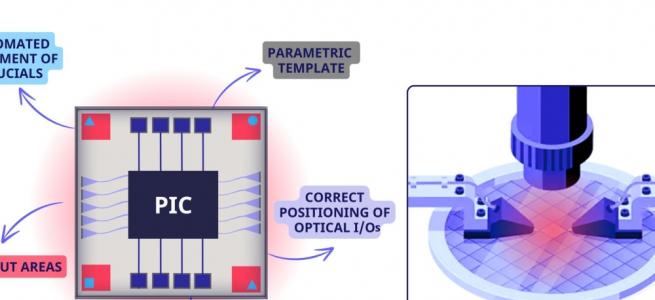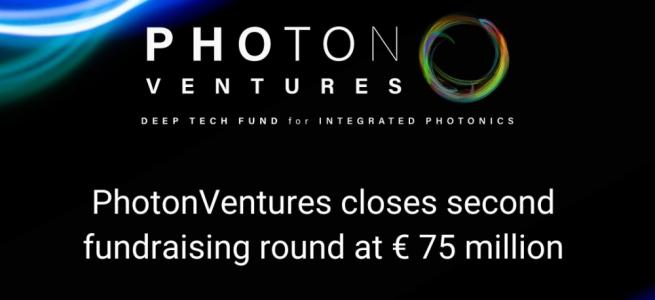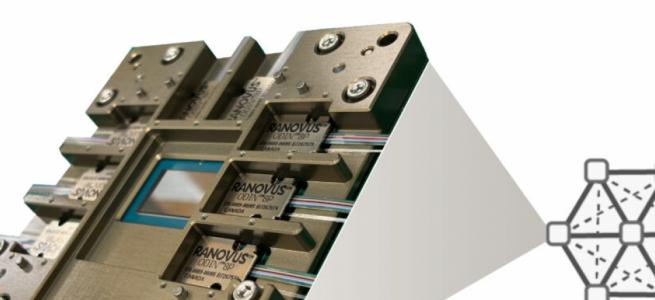UK researchers develop low cost coherent receiver

Dedicated data rates of more than 10,000 megabits-per-second achieved with help of coding technique designed to prevent signal fading
Scientists from University College London and the University of Cambridge have developed a new simplified optical receiver to deliver low-cost, broadband. Their work was published in Nature Communications and funded by the UK's EPSRC UNLOC Programme and Huawei Technologies.
The receiver enables dedicated data rates of more than 10,000 megabits-per-second using a coding technique (Almouti coding) that was originally designed to prevent signal fading in wireless communications. This approach has the additional cost-saving benefit of using the same optical fibre for both upstream and downstream data, according to the team.
"This simple receiver offers users a dedicated wavelength, so user speeds stay constant no matter how many users are online at once. It can co-exist with the current network infrastructure, potentially quadrupling the number of users that can be supported and doubling the network's transmission distance/coverage," said lead researcher Sezer Erkılınç (UCL Electronic & Electrical Engineering.
"Ideally, we'd dedicate a wavelength to each subscriber to avoid the bandwidth sharing between the users. Although this is already possible using highly sensitive hardware known as coherent receivers, they are costly and only financially viable in core networks that link countries and cities.
"Their cost and complexity has so far prevented their introduction into the access networks and limits the support of multi"‘Gb/s (1 Gb/s=1000 Mb/s) broadband rates available to subscribers," said co-author and head of the UCL's Optical Networks Group, Polina Bayvel.
The receiver was tested on a dark fibre network installed between Telehouse (east London), UCL (central London) and Powergate (west London). The team successfully sent data over 37.6 km and 108 km to eight users who were able to download/upload at a speed of at least 10 Gb/s. This is more than 30 times faster than the fastest broadband available in the UK, today.
"BT Openreach recently announced that fibre access is a key focus and must improve. With high-capacity broadband a priority for the UK government, we will be working to reduce the electrical power requirements of this technique to make this commercially viable in the nearest future. We believe that it has real potential to provide high-speed broadband connectivity to every home, which will support the growing digitally enabled economy in the years to come," concluded Bayvel.
'Bidirectional wavelength-division multiplexing transmission over installed fibre using a simplified optical coherent access transceiver' by M. S. Erkılınç et al; Nature Communications 8, Article number: 1043 (2017)

































